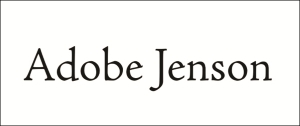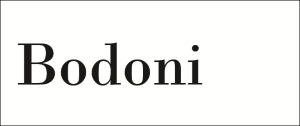The most commonly used type classification is based on the technical style and as such it's the one we are going to analyze and use. They are as follows:
Serifs are referred to as such because of the small details that extend from the ending shapes of the characters; the origin of the word itself is obscure, various explanations have been given but none has been accepted as resolute.
Their origin can be traced back to the Latin alphabets of Roman times, probably because of the flares of the brush marks in corners, which were later chiseled in stone by the carvers.
They generally give better readability in print than on a screen, probably because of the better definition and evolution of the former in hundreds of years, while the latter technology is, on an evolutionary path, a newborn.
With the latest technologies and the high definition monitors that can rival the print definition, multiple scientific studies have been found inconclusive, showing that there is no discernible difference in readability between sans and serifs on the screen and as of today they are both used on the Web.
Within this general definition, there are multiples sub-families, as Old Style or Humanist.
The oldest ones, dating as far back as the mid 1400s are recognized for the diagonal guide on which the characters are built on; these are clearly visible for example on the e and o of Adobe Jenson.

They are neither antique nor modern and they date back to the 1700s and are generally numerous.
They tend to abandon some of the diagonal stress, but not all of them, especially keeping the o. Georgia and Baskerville are some well-known examples.






